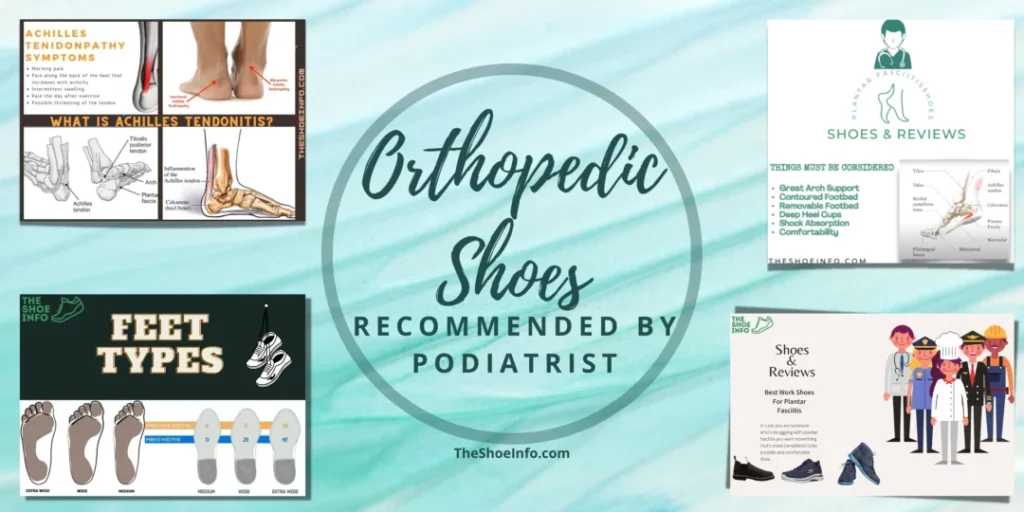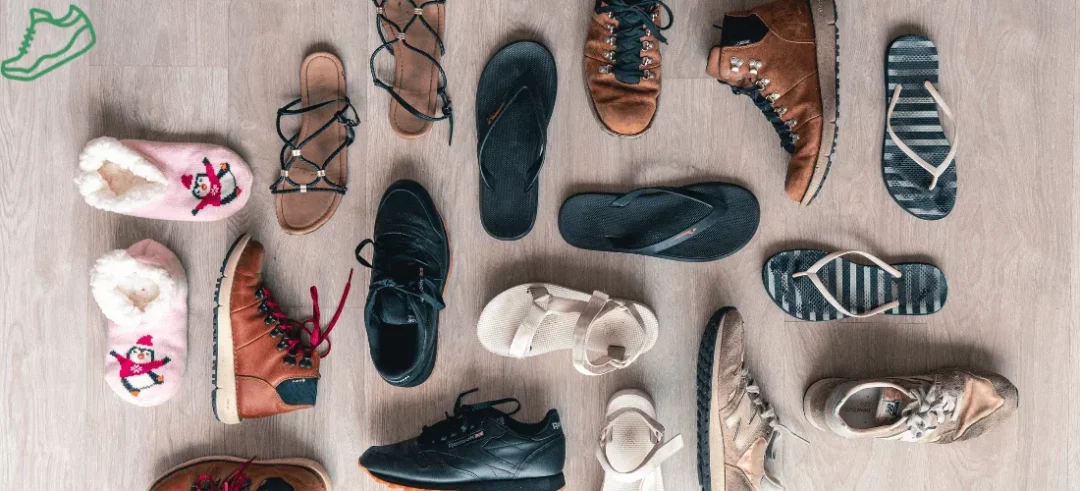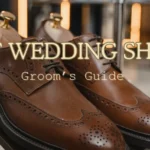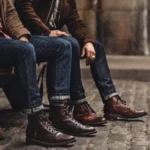Orthopedic shoes are specifically designed to provide additional support and comfort to those suffering from physical ailments that affect the feet, ankles, legs, and lower back. These shoes may also be referred to as corrective shoes, orthotics, or orthopedic footwear. The height, width, and shape of the shoe are carefully designed based on a person’s individual needs. Ensuring the highest level of comfort and protection.
Who Need Orthopedic Shoes
There are many people who can benefit from orthopedic shoes. Including those with foot problems like bunions, hammertoes, and high arches. These doctor recommended shoes can also be helpful for people with back pain, knee pain, and other joint problems.

In general, orthopedic shoes are designed to provide support and stability, and they can be a great option for people who have trouble finding comfortable shoes. Almost in every social and team sports at the highest level, every professional player wear a orthotic shoe that is recommended by their personal podiatrist for superior comfort and ground support.
Must Check – Types Of Shoe Insoles
Benefits of Orthopedic Shoes

Orthopedic shoes can offer a number of benefits to wearers. Even those without any foot and ankle problems can wear them for extra comfort. For instance, they can help to reduce strain on the feet. Especially during athletic activities that involve standing, walking or running for a long time.
Additionally, when cushioned correctly, they can help give the feet much needed support and even be beneficial for those who spend a significant portion of their days on their feet, such as healthcare workers and athletes. By providing cushioning and arch support. These corrective shoes can also help to lower the risk of foot conditions such as Plantar Fasciitis, and other problems related to the balancing of the feet and ankles.
Latest Article >> Why Are Orthopedic Shoes So Ugly
What To Look For While Buying Orthopedic Shoes?
Choose The Correct Size
To ensure the shoe fits properly, it is important to measure both feet for size. Feet sizes can vary, so measurements may even differ slightly between the left and right foot. When selecting the size of the shoe, it is important to use the larger of the two measurements and allow for a half-inch of additional space in the toe box for comfort. This will also allow room for feet to swell throughout the day.
The Shape and Material of the Shoe
Every foot is different, so the fit of the shoe should be tailored to the individual. A good orthopedic walking shoe should snugly support the foot while still allowing room for the toes to expand. Look for shoes made with breathable, flexible materials such as leather or canvas that will provide both comfort and support.
Fit
The shoes should fit properly without being too tight or too loose. If the heel slips out of the shoe when walking, the fit is too loose. If toes feel squeezing or pinching, the fit is too tight. The arch of the foot should also be taken into account when selecting the shoe. It is important to find an orthopedic shoe that supports the natural curvature of the foot.
Motion Control Features
Motion control is an important feature of an orthopedic shoe. It minimizes the risk of ankle or foot pain caused by excessive movement. Motion control walking shoes are designed to provide extra support and cushioning to help reduce the risk of injury. When buying pain relief shoes, it is important to keep these considerations in mind.
When purchasing shoes for orthopedic problems that is an important decision that requires careful consideration. These specialty shoes for foot problem provide relief from foot and ankle pain that accrue due to conditions such as fallen arches, flat feet, and bunions.
The right pair of orthotic shoes can provide needed comfort, support and stability. When searching for orthopedic shoes, it is important to consider several factors. Including correct size, shape, material, fit and motion control.

Do Orthopedic Shoes Actually Work?
The orthopedic shoes are shoes that are specially designed to support the feet and ankles. Also to correct or prevent foot problems. These corrective shoes can work for some people who have foot conditions such as bunions, hammertoes, flat feet, plantar fasciitis, arthritis, diabetes, or injuries. Orthopedic shoes can provide benefits such as pain relief, improved mobility, better posture, and reduced risk of complications.
However, orthopedic shoes may not work for everyone. They may have some drawbacks such as high cost, limited style options. They’ve possible side effects such as blisters, corns, or calluses. Therefore, it is important to consult your doctor or podiatrist before buying any orthopedic shoes.

They can help you determine if orthopedic shoes are suitable for you. They’ll recommend you the best type and fit of shoes for your needs.














1 thought on “What Are Orthopedic Shoes? Do They Actually Work?”
Comments are closed.